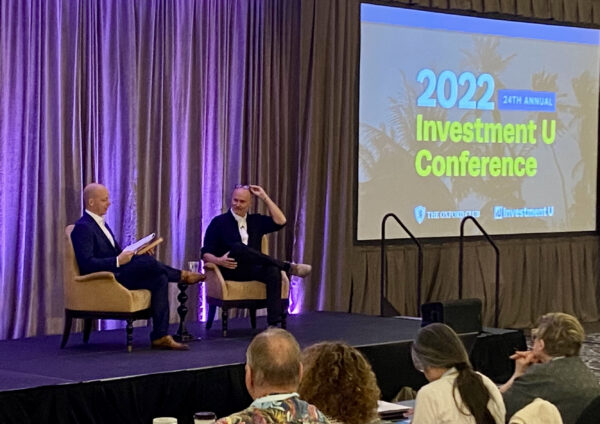Target-Date Funds: A Crack in the Yellow Brick Road
Just seven weeks ago, we were in The Wizard of Oz‘s opulent Emerald City. We watched the major indexes hit new highs and reflect a seemingly immortal bull market.
But now, some investors who diligently followed their yellow brick roads and had hoped to retire in 2020 are feeling shortchanged.
It’s true that a low-maintenance investing strategy prevents emotion-driven losses. (In fact, a study by Fidelity showed that the best-performing portfolios were ones investors had forgotten about.)
However, there are circumstances under which buy-and-hold can fail.
Target-date funds are offered by 9 out of 10 retirement plans, and a recent Vanguard survey shows that they are used by 77% of 401(k) holders.
These funds can lure investors in with a low-maintenance structure, but sometimes, they fail to keep their promises.
The appeal of a target-date fund is that an investor’s only responsibility is to select the date that they plan to retire. For example, an investor who is currently 50 and plans to retire at age 65 might pick a 2035 fund.
The rest is automatic. As the investor ages, a target-date fund rebalances itself, checking all the right boxes in terms of diversification and risk adjustment.
But this seemingly foolproof strategy can fail – and shareholders can pay a hefty price.
“I’ll Get You, My Pretty, and Your Little Dog Too!”
Target-date funds appeal to many investors because they eliminate the maintenance of diversifying investments and fine-tuning risk exposure over time.
Because the portfolio rebalances automatically, investors don’t have to ensure their risk is spread among different sectors and asset classes.
In fact, these steady movers are so low-maintenance that in many 401(k) plans, they are the default option.
But target-date funds come with a price…
The average expense ratio of these funds dropped to 62 basis points in 2018, but some funds still charge more than 1.5%.
Meanwhile, the average 401(k) charges 1%, and the most cost-efficient plans charge an ideal 0.5% expense ratio.
That means that with your most expensive option (a target-date fund), a $10,000 portfolio could cost you up to $150 per year in (automated) maintenance.
An average 401(k) of the same value would cost $100 per year, and the most cost-efficient 401(k) would cost $50 per year.
 |
Over a 40-year career, a 1.5% expense ratio is enough to drop a house on any investor’s portfolio value.
The Market’s Not in Kansas Anymore
Worse, while target-date funds attempt to lower risk by adjusting exposure to stocks, the market didn’t discriminate when it crashed in March.
With interest rates cut near zero, investors had to squint to see returns from U.S. Treasurys.
Record levels of corporate debt led to a bond sell-off that proliferated all sectors of the market.
The corporate bonds that were supposed to protect target-date fund investors lost 6.2%.
Gold even took a 5% tumble on February 28.
In the end, the only protections investors have in a downturn like this one come from setting trailing stops, holding bonds to maturity and collecting dividend income.
Pay Attention to the Man Behind the Curtain
Like the Scarecrow, Cowardly Lion and Tin Man, investors in target-date funds look to the “man behind the curtain” to perform a job they believe they can’t accomplish otherwise.
They’re willing to give up their power of choice because, like Dorothy, they trust the powers that be to guide them home safe and sound.
It’s true that for some investors, target-date funds can provide peace of mind by letting them ignore the markets and prevent panic-selling.
If these investors are happy with the fees they pay, it may be most important that the target date gives them a sense of security.
But for investors who could perform just as well or better using individual investments, that target date becomes the land of Oz: a glittering mirage.
If you’re among the 77% of investors who have target-date funds in their portfolio, take a careful look at what you’re losing yearly in fees and consider whether the extra $20,000 (or even $50,000) after 40 years will be worth it to you.
If not, consider shifting some of your assets into funds with lower expense ratios.





